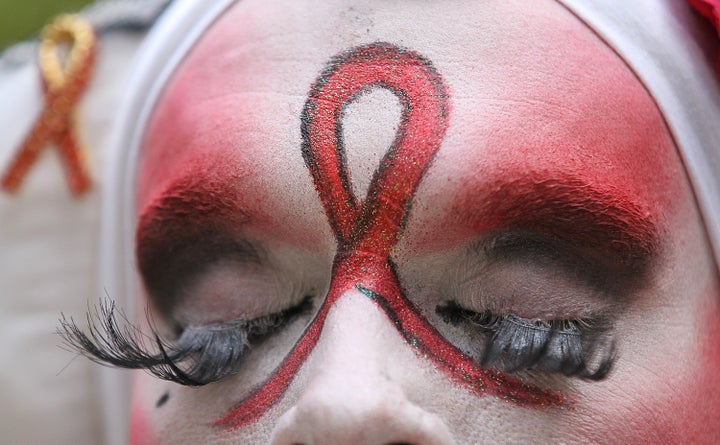
By Suzanne Ehlers, President and CEO of Population Action International and Pam Barnes, President and CEO of EngenderHealth
The U.S. government’s international HIV/AIDS program, PEPFAR, has a pipeline problem: $1.5 billion of its funds have remained unspent for more than a year and a half. Ask any lottery winner how they would spend $1.5 million -- let alone a billion -- and they would have tons of ideas. No doubt the Office of the Global AIDS Coordinator will get plenty of suggestions on how to spend this money. Here’s one idea that would offer a huge return on investment and save the lives of millions: voluntary contraception for women.
PEPFAR has said it will use the nearly $1.5 billion to invest in commodities (condoms, HIV rapid test kits and voluntary medical male circumcision kits), systems and institutions, and program strengthening. In addition to condoms, other forms of contraception should also be on the table.
Condoms play an important role, but a focus on broader voluntary family planning methods would help reduce the spread of HIV, especially mother-to-child. It is critical in the fight against HIV/AIDS and for the health and well-being of women and girls. Voluntary contraception has been called “the best kept secret in HIV prevention” and has a proven evidence base.
Access to contraception has long been identified as one of four key components of successful programs to prevent mother-to-child transmission (PMTCT) of HIV, and yet it has been neglected because of insufficient resources and separate funding streams. New World Health Organization guidelines on couples HIV testing and counseling include family planning as part of the package of information and linked services offered in counseling sessions. Both PMTCT and counseling and testing are listed as priority areas for this money.
This is also a matter of rights. All women, including those living with HIV, have a right to decide whether and when to have children, and how many to have. Right now, there are 215 million women who want access to modern contraception but do not have it. Moreover, women in their childbearing years are also those most likely to be living with HIV in PEPFAR countries.
We should allow countries to use PEPFAR funds for contraceptives beyond condoms, as well as health workforce training to deliver integrated family planning and HIV services and supply chain strengthening to prevent stock-outs. This would also align with the Global Health Initiative’s aim of a more integrated, women-centered and country driven global health program.
The Office of the Global AIDS Coordinator has said publicly that they will consult with a variety of stakeholders about how to best allocate the money. This conversation provides an opportunity to ensure that PEPFAR’s large platform delivers a comprehensive set of evidence-based and in-demand services to combat HIV. Where needed, funding for family planning activities should be made available as part of the laudable, U.S.-endorsed, goals of creating an AIDS-free generation and eliminating mother-to-child transmission of HIV.
Watch this unfold. Follow us on Twitter: @popact and @engenderhealth
